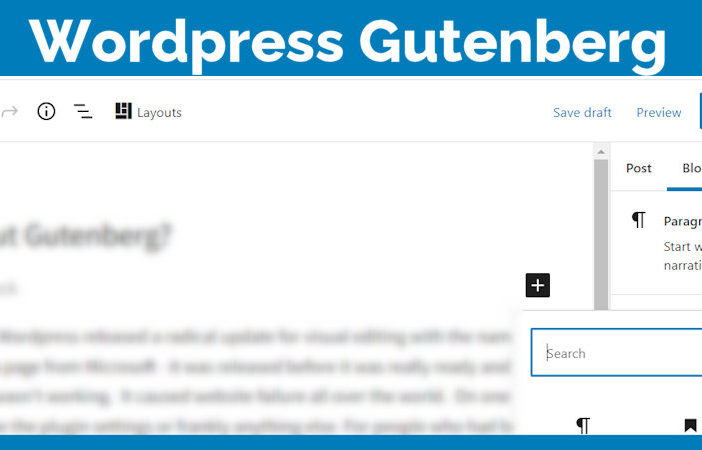
In December of 2018, WordPress released a radical update for visual editing with the name “Gutenberg.” Taking a page from Microsoft – it was released before it was really ready and let users tell them what wasn’t working. It caused website failure all over the world. For instance, on one site I updated, I couldn’t see the plugin or SEO settings anymore. For people who had been using WordPress for years, the change was a huge one. No more HTML coding needed, lots of blocks and plugins – many of them glitchy.
Almost immediately a plugin appeared that would allow users to return to “classic editing”. Within a few months that plugin had a million users, then two million, then four million…and still today it has five million plus subscribers even though it’s no longer supported. But finding out that WordPress intended to stop supporting classic editing by 2021 (so long away I thought) I realized I was going to be forced to switch, or go back to creating websites in HTML again or using one of the other often glitchy visual interfaces.
Well after much trial and error, I now firmly recommend Gutenberg and full site editing. There are numerous themes and plugins that support it – and block editing has actually opened up a whole new world of design that I love. In many ways it reminds me of HTML coding – though it’s done with more and more choices that are picked from a list of settings. And you can still add additional coding with CSS class customization.
For those who want to edit and update their own sites, it can be learned enough to do so without too much of a curve. For those who design – it’s like every other version of website design since the beginning of the Internet; it takes skill, patience, and even a bit of intuition.
And still all for free from a group of open source programmers…
Get a design quote today!
I will put together a customized quote for your project. Let’s build something together!
